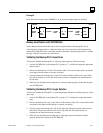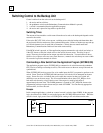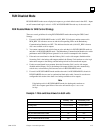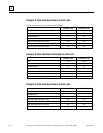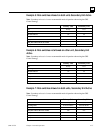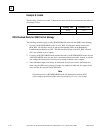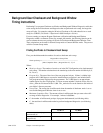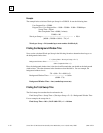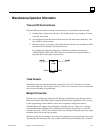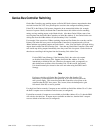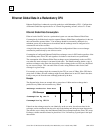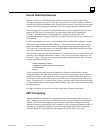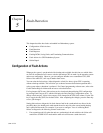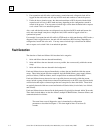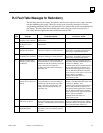
GFK-1527A Chapter 4 Normal Operation 4-21
4
Miscellaneous Operation Information
Timer and PID Function Blocks
Timer and PID function blocks remain in lock step between two synchronized units provided:
A. Enabling logic is identical on both units. This includes power flow, frequency of calling
sub-block, and so forth.
B. The sub-block in which the function block occurs has the same name in both units. Note
that _MAIN is always common.
C. Reference registers (3 for timers, 40 for PID) and reset references for each timer and PID
function block are included in the data transfer lists.
For example, if the following ladder logic is identical in sub-blocks on both units,
%M100, %R250, %R251, and %R252 must all be transferred on resynchronization to
keep both units running timers synchronously:
----] / [------------
-------------------( )
%M100
%M100
TMR
1.00s
PV CV%L10 -
- %L20
%R250
Timed Contacts
When both systems are synchronized, timed contacts (%S3, %S4, %S5, %S6) have exactly the
same value in both units. For example, whenever T_SEC is on in one unit, it also is on in the other
unit as long as both units are synchronized.
Multiple I/O Scan Sets
I/O scan sets are configured by editing the CPU Hardware Configuration using Control software.
Refer to the Control online Help system for detailed information on configuration of I/O scan sets.
Control programming software Release 2.00 or later is required to configure this feature.
The Redundancy CPU supports the configuration of multiple scan sets. However, it is strongly
recommended that the redundant I/O be configured in the default scan set (Scan set 1) which is
scanned every sweep. The I/O scan set feature allows the scanning of I/O points to be more closely
scheduled with its use in user logic programs.
I/O Scan sets that are not scanned every sweep are not guaranteed to be scanned in the same sweep
in the Primary and Secondary CPUs. For example, if the Primary and Secondary CPUs each have



